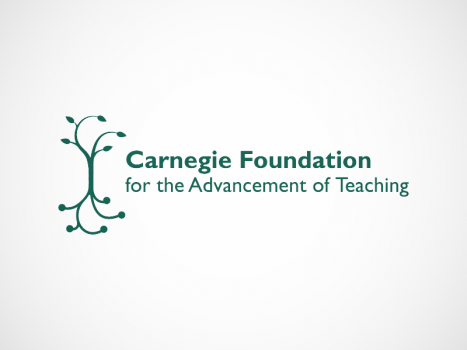Human capital is the largest single investment that K-12 districts make to influence student outcomes. According to NCES data, staff salaries and related benefits account for approximately 70 percent of total district expenditures.
This should give districts a powerful incentive to ensure the best possible choices in identifying, selecting, placing, and supporting talent in order to see to it that instructional staff function both efficiently and effectively.
However, remarkably little is done to manage the processes by which districts identify, acquire, develop, and sustain teacher human capital. Instead, current policy debates on education tend to focus on outcomes-based evaluation and accountability for teachers or input-centered assessments of their qualifications that are, at best, indirect influences on classroom practices and student achievement. Scant attention is paid to the day-to-day work of teachers and those who support them, which are in fact the direct influences of student outcomes. But it is clear that building a stronger teacher workforce requires thoughtful orchestration of the multiple inter-related processes of a human capital system.
Building a stronger teacher workforce requires thoughtful orchestration of the multiple inter-related processes of a human capital system.
A Human Capital Framework for a Stronger Teacher Workforce, a white paper by Carnegie’s Advancing Teaching – Improving Learning program, presents a framework that can be used to take stock of current efforts to enhance the teacher workforce in school districts or educational organizations, as well as their underlying theories of how the teacher workforce improves over time.
This framework is comprised of four subsystems that should work together to build a stronger teacher workforce:
- getting the right teachers in the right positions on time (Acquire);
- supporting professional growth in school-based learning communities (Develop);
- nurturing, rewarding and challenging high-performing teachers (Sustain); and
- informing evidence-based personnel decisions (Evaluate).
The white paper was developed to bring attention to the role that evaluation plays in building a stronger teacher workforce. Currently, a tremendous amount of policy attention and funding are dedicated to teacher evaluation, but teacher evaluation sits within (and is but one element of) a larger human capital system. And as the framework indicates, the direct connection between summary judgments about teachers’ performance and a stronger teacher workforce is weak, at best. The power of evaluation to affect the quality of the teacher workforce is best leveraged through its capacity to inform the processes that acquire, develop, and sustain teachers—in other words, its capacity to contribute to improvements in classroom practice.
August 22, 2013
The Carnegie Foundation's latest brief, Strategies for Enhancing the Impact of Post-observation Feedback for Teachers, examines the struggle to use post-observation conversations effectively to support and develop teachers.
September 25, 2013
The Carnegie Foundation has developed the Carnegie Cost Calculator to help district leaders and members of the broader K-12 community understand and estimate time and financial resources involved in evaluation.







